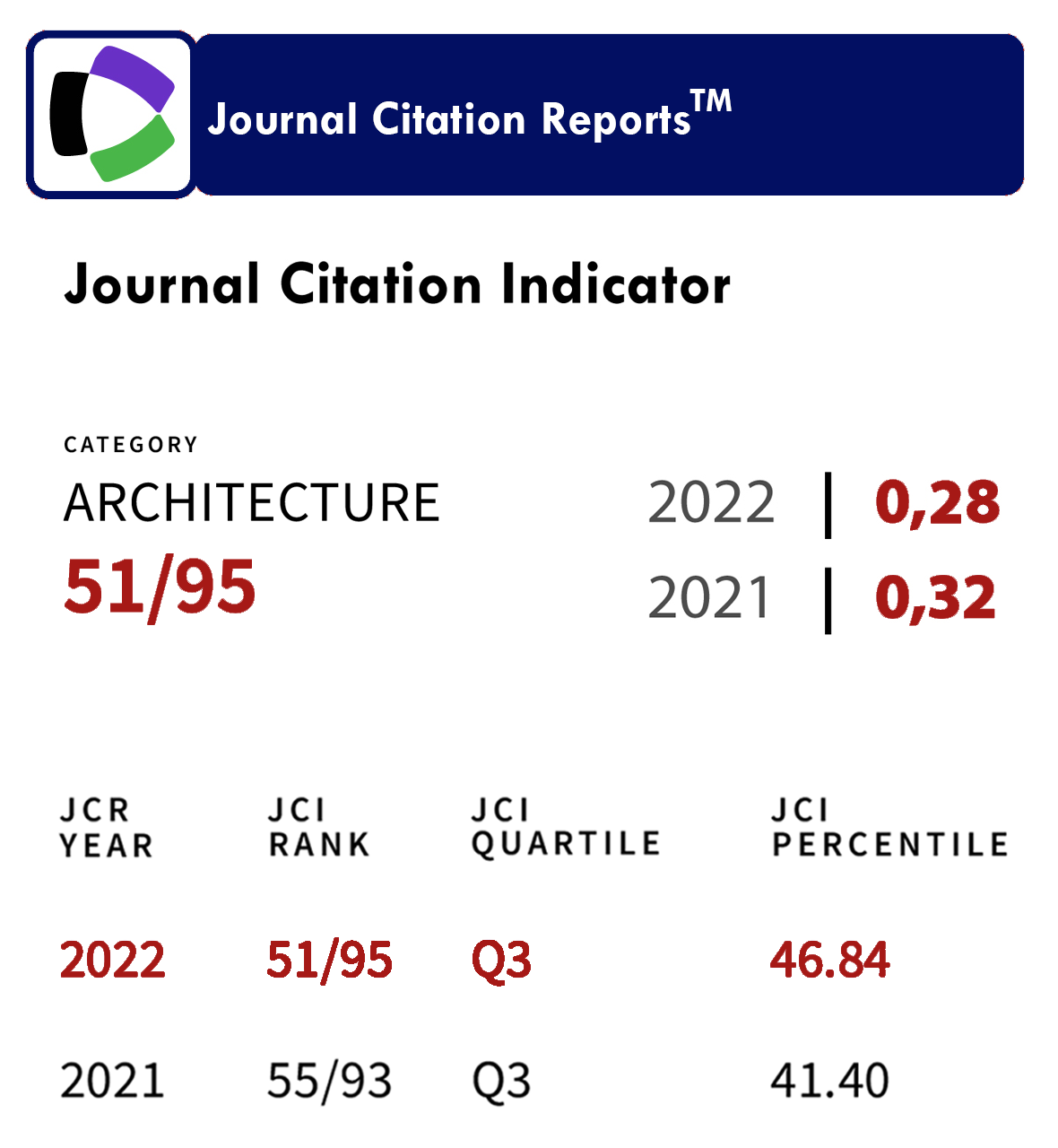Virtual laboratory of city and territory
DOI:
https://doi.org/10.18537/est.v003.n004.06Abstract
The influence of technological changes is displayed in all aspects that relate to society, including education. While successful applications of information and communication technologies have occurred in this area, there are issues such as the practical application of knowledge gained in investigations that have not been solved such as the case of Territorial Planning and Urban. In this field it is common to find a countless of difficulties when making a transmission of results of research the majority of potential users (whose access to scientific material it is limited), and even the restrictions that have instances responsible for planning to communicate their methodological proposals and validate them in an academic environment.
Keywords: Virtual laboratory, architecture, territorial planning, Cuenca, Ecuador.
Downloads
References
ARÉVALO, C.E., BULLA, L.A. Laboratorios virtuales para el aprendizaje en ingeniería civil a distancia. Instituto de Educación a distancia, I, 73-81. 2008.
BONVIN, D., GILLET, D., LONGCHAMP, R. Y SALZMANN, CH. “Telepresence: An Opportunity to Develop Practical Experimentation in Automatic Control Education”, en Proceedings of the European Control Conference, (sin paginación). Bruselas-Bélgica: (s.e). 1997.
CANDELAS F. A., GIL, P., ORTIZ, F., POMARES, J., PUENTE, S. T. Y TORRES, F. A. Visual: Herramienta práctica para la enseñanza de Visión Artificial. 1ª Jornada en Educación y Práctica en Visión Artificial, (pp. 115-121). Mallorca: (s.e). 2003.
CANDELAS, F. A., GIL, P., ORTIZ, F., POMARES, J. A., PUENTE, S. Y TORRES, F. A. “El laboratorio virtual como herramienta en el proceso enseñanza-aprendizaje. Investigar colaborativamente en Docencia Universitaria”, en: Actas de las II Jornadas de Redes de Investigación en Docencia de la Universidad de Alicante, (sin paginación). Alicante: Editorial Club Universitario. En línea: http://aer.ual.es/publica_es/Posters/PosterROBOTMOVIL.pdf. 2004.
DORMIDO, S., SÁNCHEZ, J. Y MORILLA, F. “Laboratorios virtuales y remotos para la práctica a distancia de la Automática”. XXI Jornadas de Automática, Conferencia plenaria (sin paginación). Sevilla, España: s.e. 2000.
FERNÁNDEZ SÁNCHEZ, P., SALAVERRÍA GARNACHO, A., GONZÁLEZ DACOSTA, J. Y MANDADO PÉREZ, E. El aprendizaje activo mediante la autoevalución utilizando un laboratorio virtual, IEEE-RITA, vol. 4, (1), pp. 53-62, 2009.
LUENGAS, L.; GUEVARA, J.; SÁNCHEZ, Giovanni. “¿Cómo desarrollar un laboratorio virtual? Metodología de diseño”. En Nuevas Ideas e Informática Educativa, 2009, vol. 5, p. 165-170.
MARTÍNEZ, M.L., FÉLEZ, J., ROMERO, G. WEB3D graphics in the WEBD Project: New trend in a collaborative environment. Int. Workshop en “New WEB technologies for collaborative design, learning and training, Nov. 2003, Turín-Italia. 2003.
MONGE NÁJERA, J. La estrategia CIAC 2000. San José de Costa Rica: EUNED. 1998.
REVUELTA DOMÍNGUEZ, Francisco Ignacio; SÁNCHEZ GÓMEZ, María Cruz. Programas de análisis cualitativo para la investigación en espacios virtuales de formación. 2003.
ROSS-FLANIGAN, Nancy. Virtues (and Vices) of Virtual Colleagues. http://www.techreview.com/articles/ma98/ross-flanigan.html. 1998.
UNESCO. ORGANIZACIÓN DE LAS NACIONES UNIDAS PARA LA EDUCACIÓN, LA CIENCIA Y LA CULTURA. “Informe de la reunión de expertos sobre laboratorios virtuales”. París. Consultado el 10 de febrero de 2007 en: http://unesdoc.unesco.org/images/0011/001191/119102S.pdf. 2000.
WULF, W. “The national collaboratory-A white paper”. En Towards a National Collaboratory: Report of an Invitational Workshop. Dir. publ. J. Lederberg y Uncapher, K. Estados Unidos de América: Universidad Rockefeller, 1989.
Downloads
Published
How to Cite
Issue
Section
License
The Journal declines any responsibility for possible conflicts derived from the authorship of the works that are published in it.
The University of Cuenca in Ecuador conserves the patrimonial rights (copyright) of the published works and will favor the reuse of the same ones, these can be: copy, use, diffuse, transmit and expose publicly.
Unless otherwise indicated, all contents of the electronic edition are distributed under a Creative Commons Attribution-NonCommercial-ShareAlike 4.0 International License.






